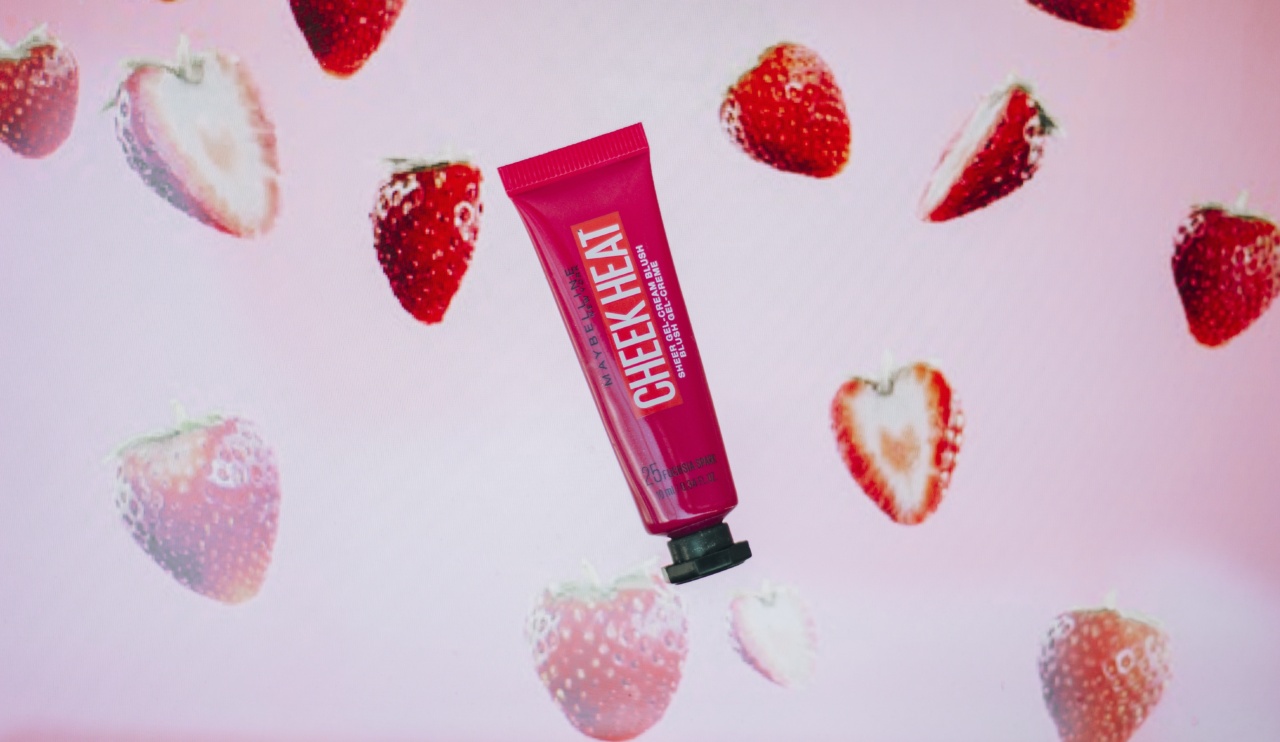Scientists have finally developed a coral-based gel that can potentially revolutionize the way we treat HIV. According to the World Health Organization, as of 2021, approximately 38 million people are infected with HIV globally.
While advancements have been made in developing treatments and therapies to manage the virus, there is still no cure. However, the new discovery of the coral-based gel brings a glimmer of hope for those affected by the virus.
What is HIV?
HIV or human immunodeficiency virus is a virus that attacks the body’s immune system, making it difficult for the body to fight off infections and diseases.
The virus is transmitted through body fluids such as blood, semen, vaginal secretions, and breast milk. HIV progresses in stages, starting with acute HIV infection, which has flu-like symptoms such as fever, sore throat, and body rash.
After this stage, the virus becomes dormant and does not show any symptoms for some time but can still be transmitted to others. HIV can develop into AIDS (Acquired immunodeficiency syndrome) if left untreated.
Current Treatment Methods for HIV
Effective treatments for HIV are available, but they rely on daily medication. The most commonly used treatment is a combination of antiretroviral therapy (ART) that suppresses the virus’s growth and prevents further damage to the immune system.
ART entails taking a concoction of drugs usually in the form of a pill, once every day. While this treatment can lower the virus levels to undetectable levels, it can also lead to severe side effects, including nausea, vomiting, and diarrhea.
The Role of Coral in Developing the Gel
Researchers at the University of North Carolina at Chapel Hill’s School of Medicine have found a way to extract proteins from coral that can successfully prevent the transmission of HIV.
The scientists discovered this simply by observing how corals can protect themselves from bacteria and viruses through various molecules that allow them to preserve their delicate ecosystems. Since coral polyps are stationary, they have to rely on chemical defenses to fight off predators, and this is where the researchers found their inspiration.
The extracted proteins have been made into a gel-like substance that can be applied topically to reduce the risk of transmitting the virus during sexual intercourse.
Unlike condoms, the coral-based gel provides a more discreet and effective method of protecting against HIV. Since the gel is entirely natural, it is ideal for those who may be allergic to latex condoms or other chemical-based solutions.
How Does the Coral-Based Gel Work?
The coral-based gel works by preventing the virus from attaching itself to healthy bodily cells. The active ingredients in the gel are protein molecules that bind themselves tightly to the virus particles and neutralize them.
When HIV enters the body, it needs to attach efficiently to T-cells, the body’s immune system cells. The coral-based gel out-competes the virus in attaching itself to the T-cell receptors, effectively blocking the virus from latching on.
Test Results and Clinical Trials
The coral-based gel has undergone extensive testing to prove its efficacy in combating HIV. In a 2018 study, researchers applied the coral-based gel to vaginal tissues in vitro and found that the gel was effective in preventing HIV transmission.
The gel also remained stable after six months, showing promise that it could be stored without degrading its effectiveness.
The researchers are now hoping to push for clinical trials done on humans. They are looking for funding to ensure the trials get underway shortly. As the research still needs more backing, it may take a while before it is readily available in the market.
Conclusion
The coral-based gel could potentially be the game-changer in the fight against HIV. The gel offers a safer, more discreet and effective method of protection against the virus.
As research pushes ahead with clinical trials, it is hoped that this natural-based substance will help those infected with HIV and lower the number of new infections recorded yearly.































